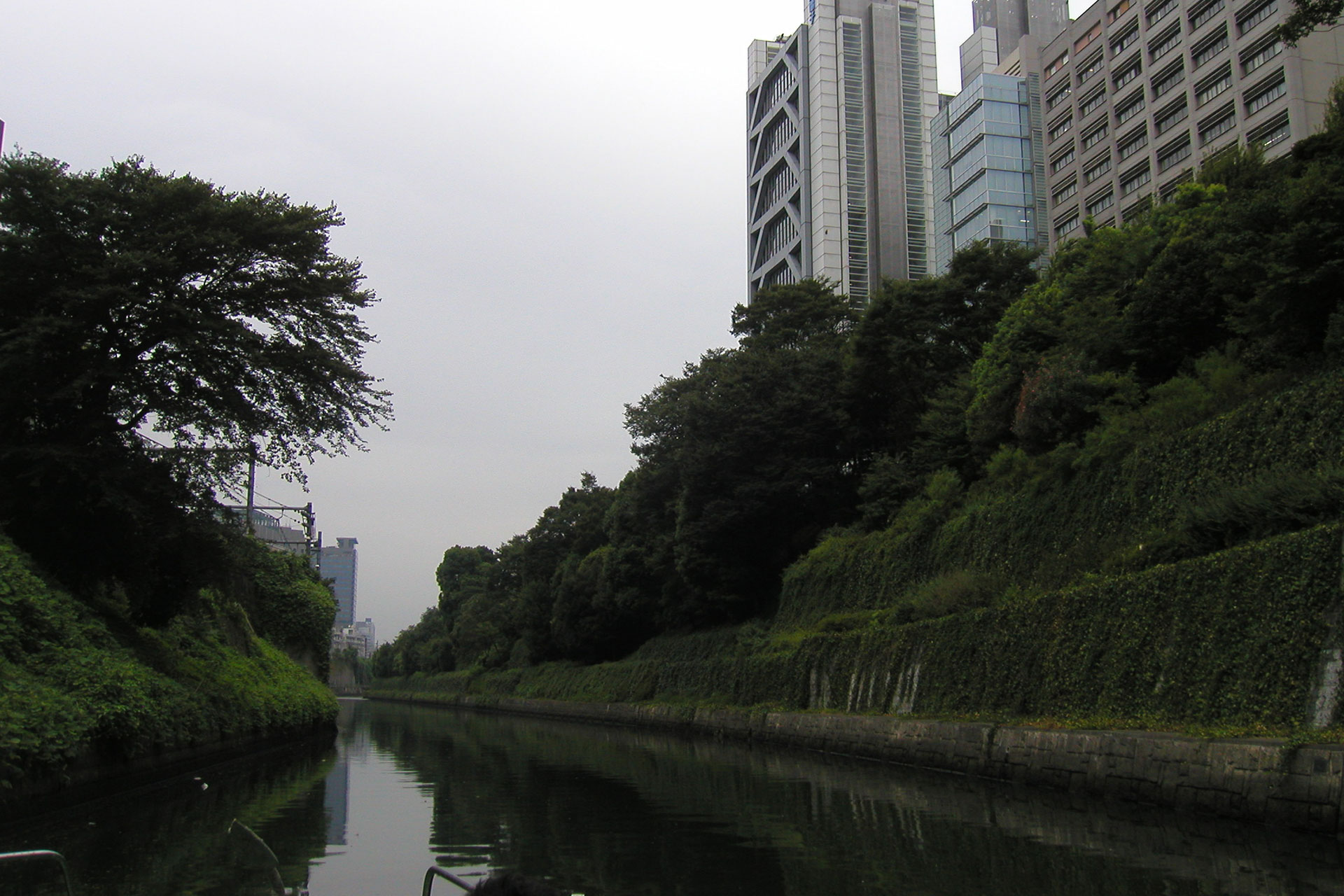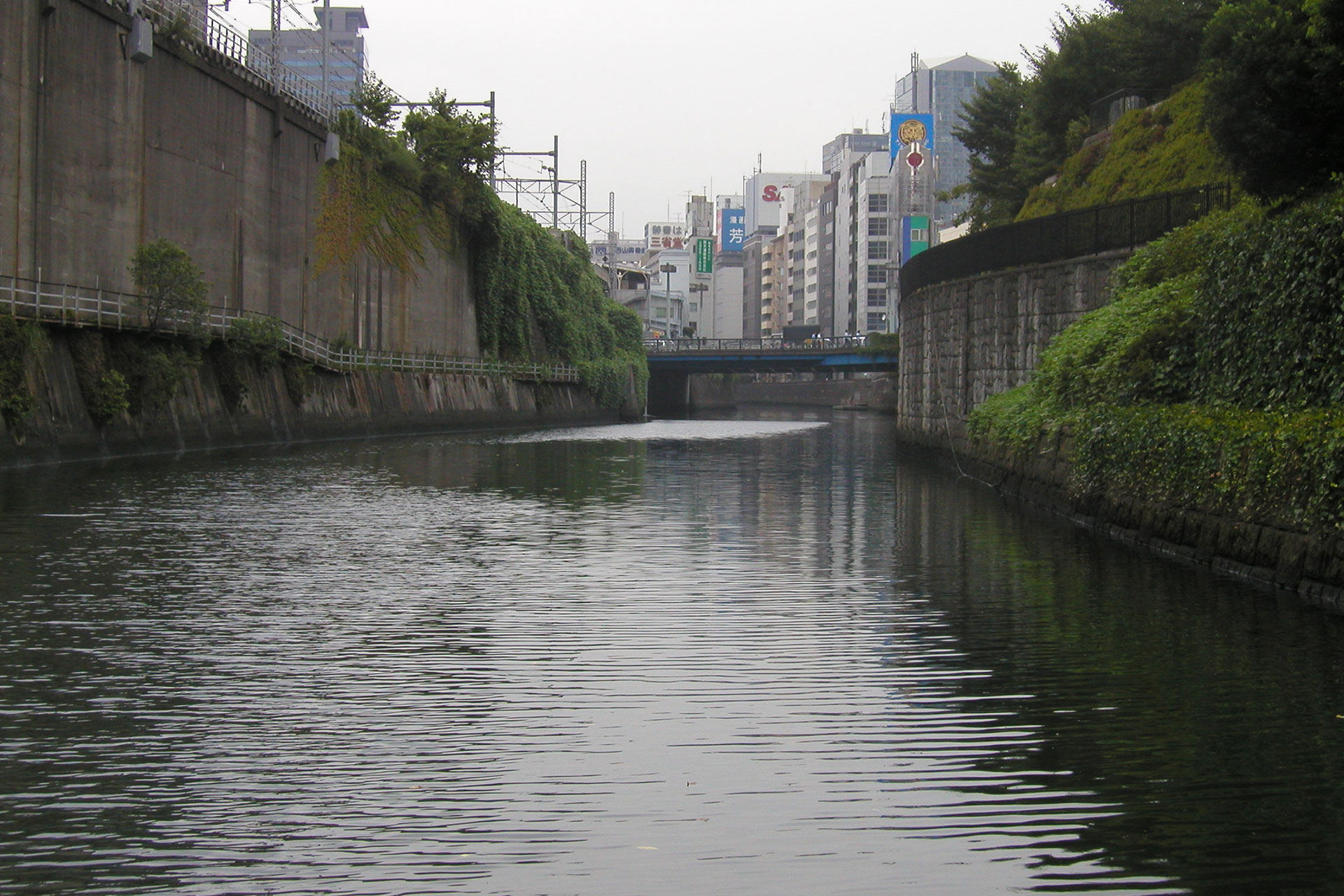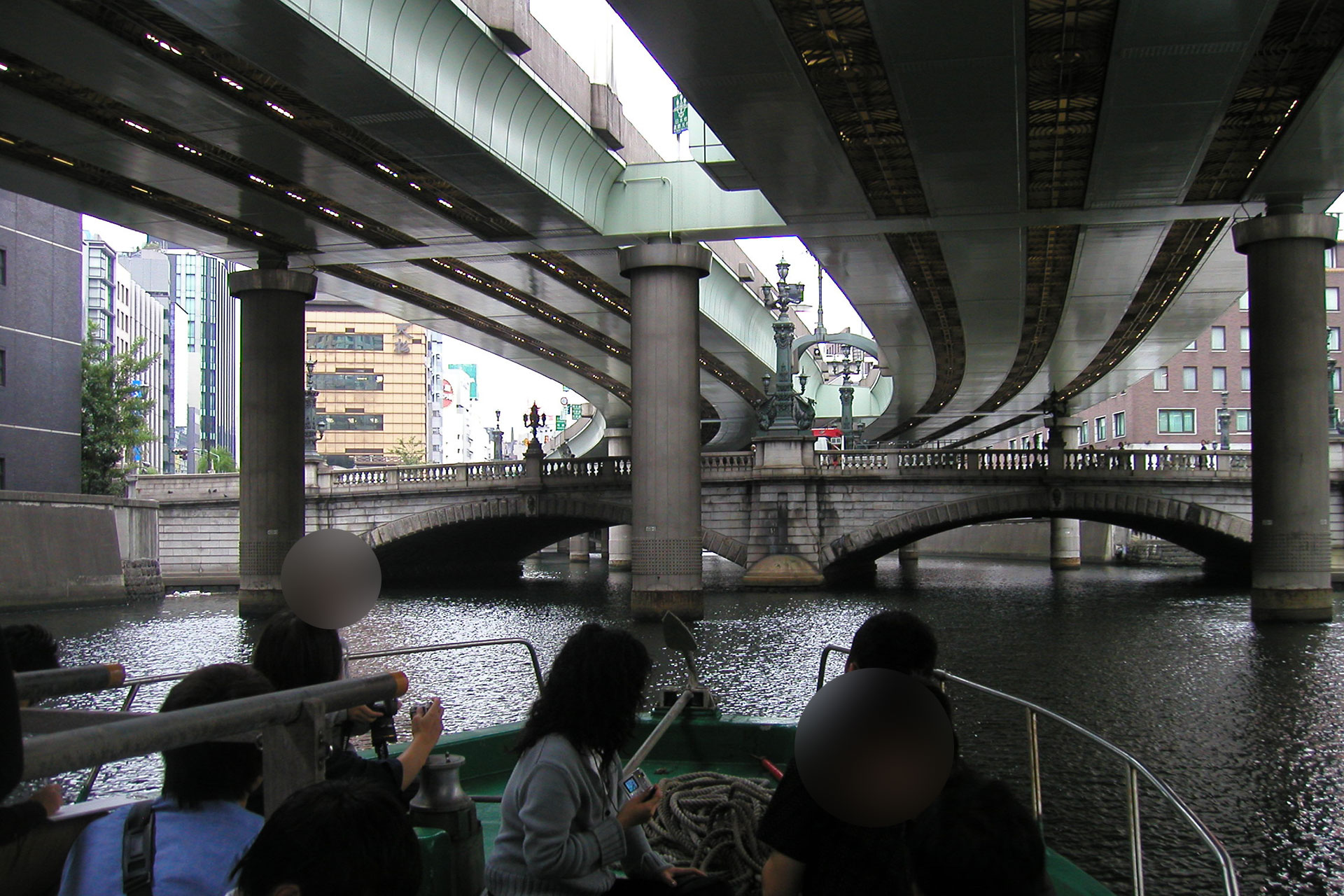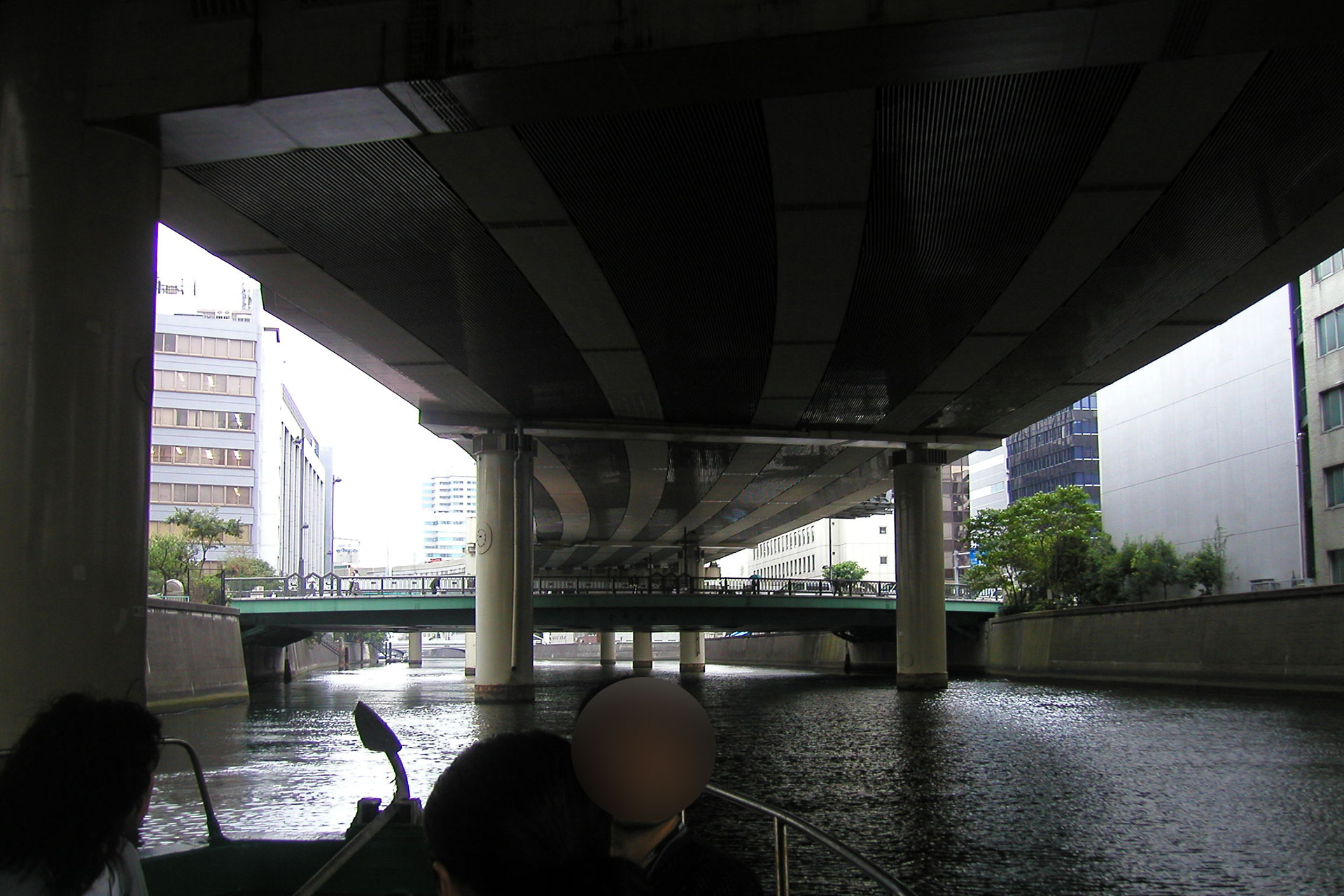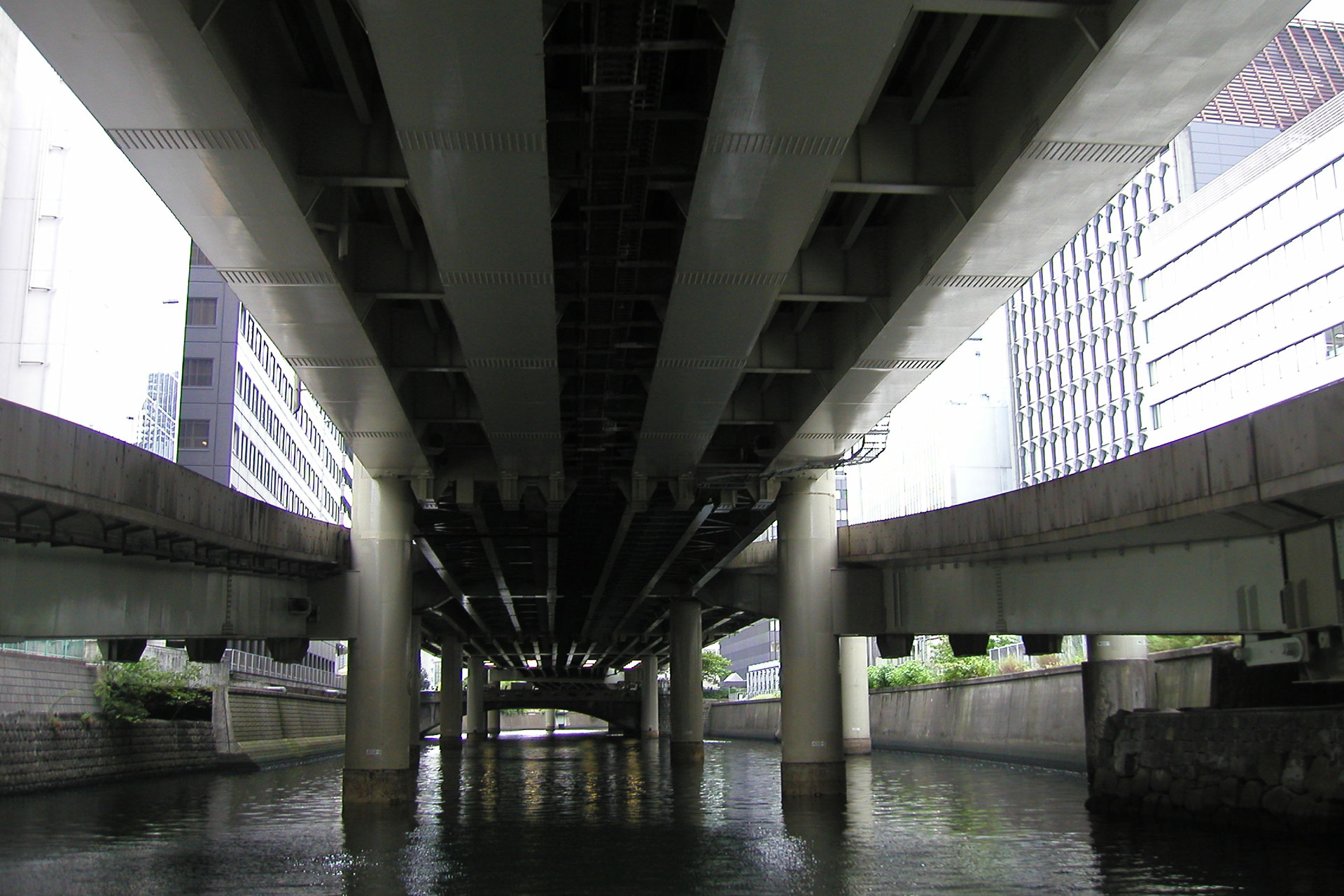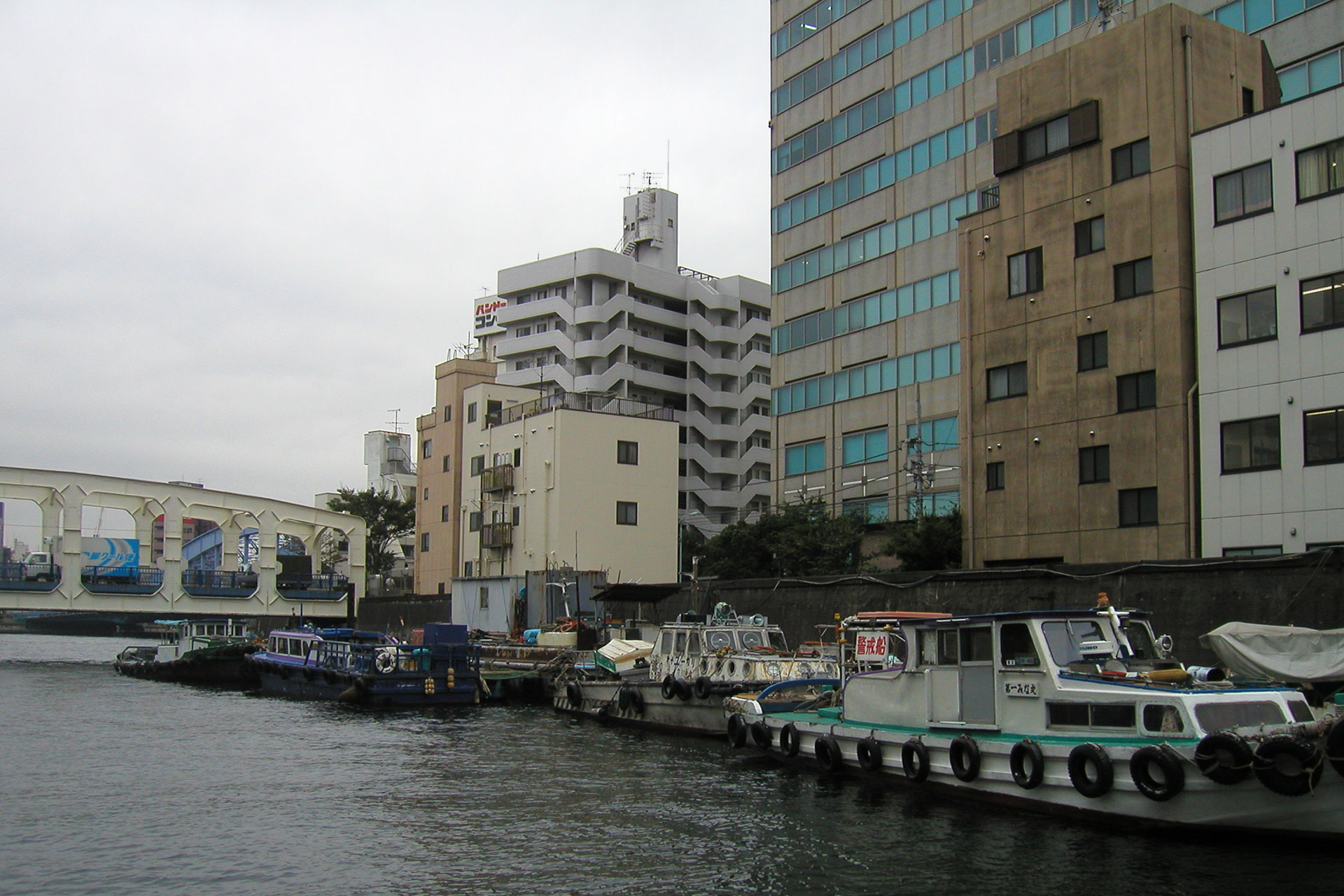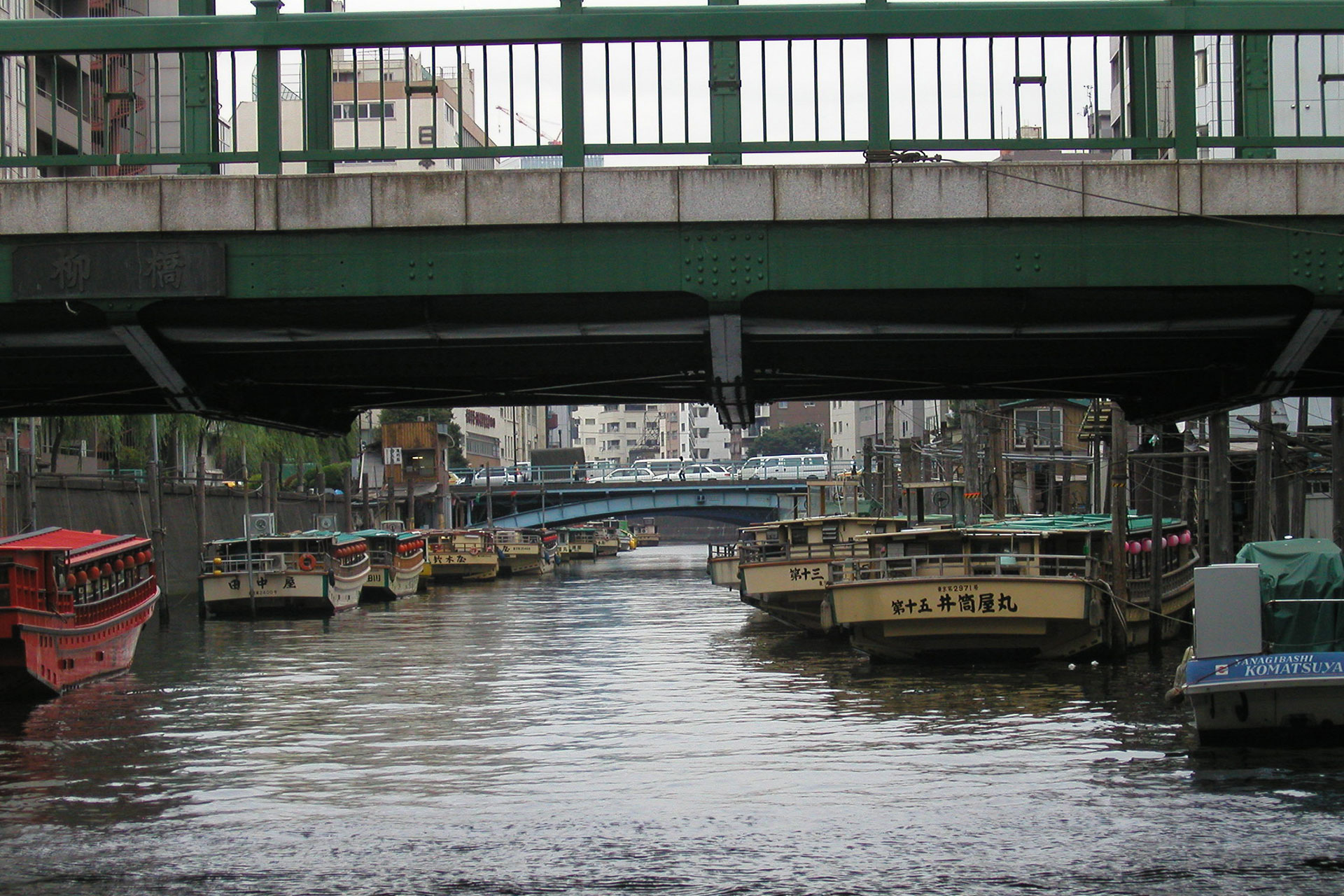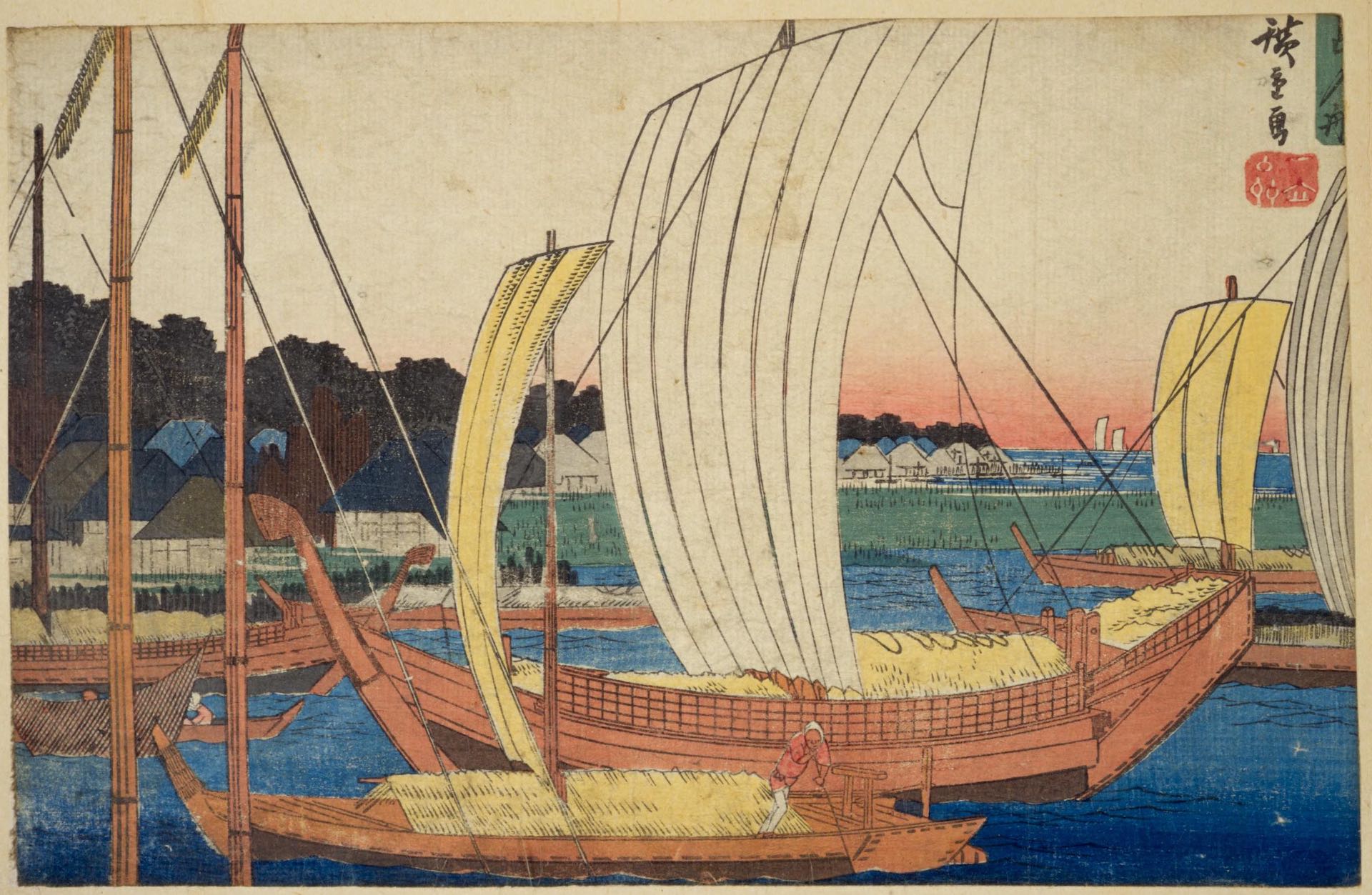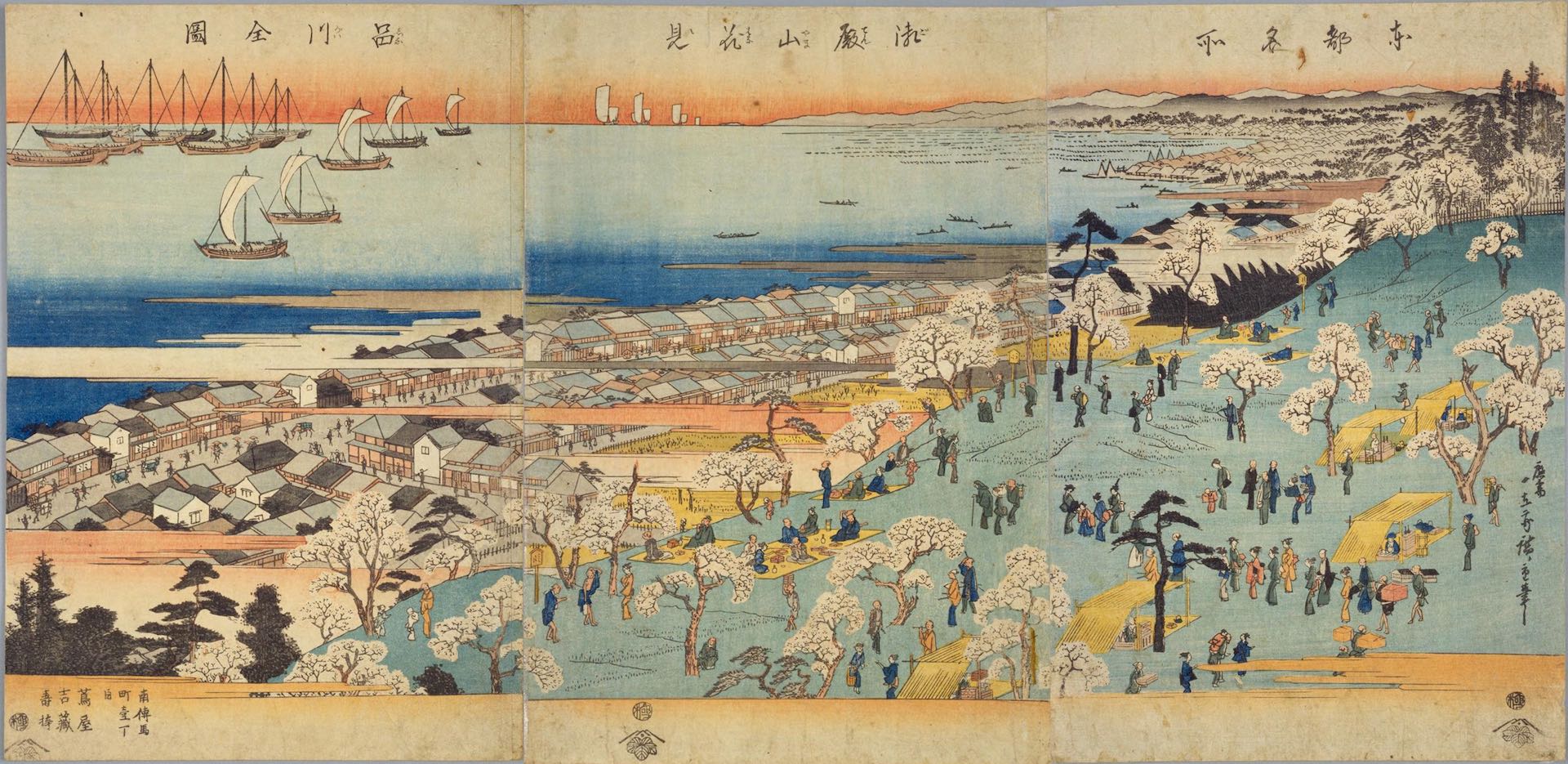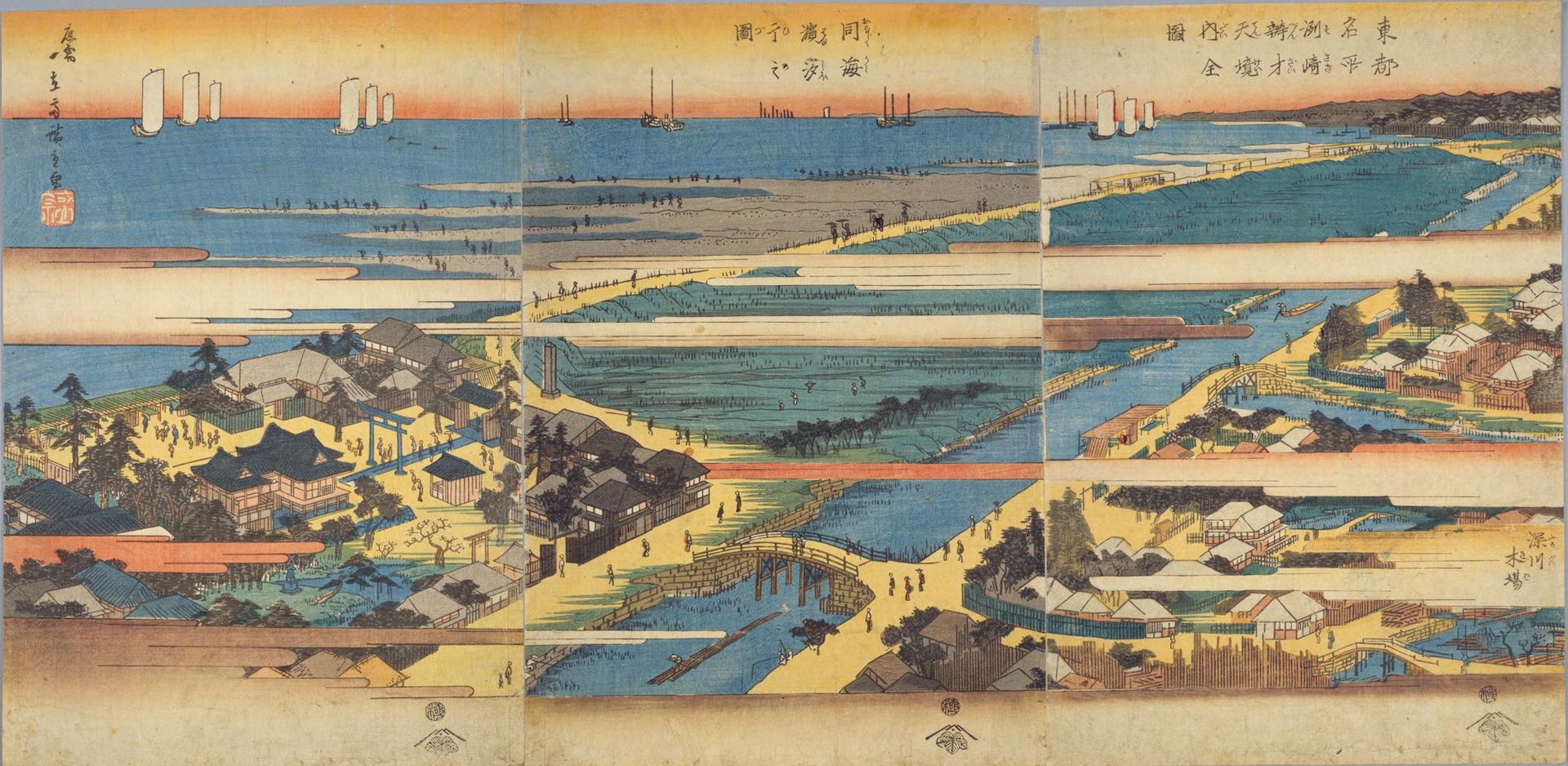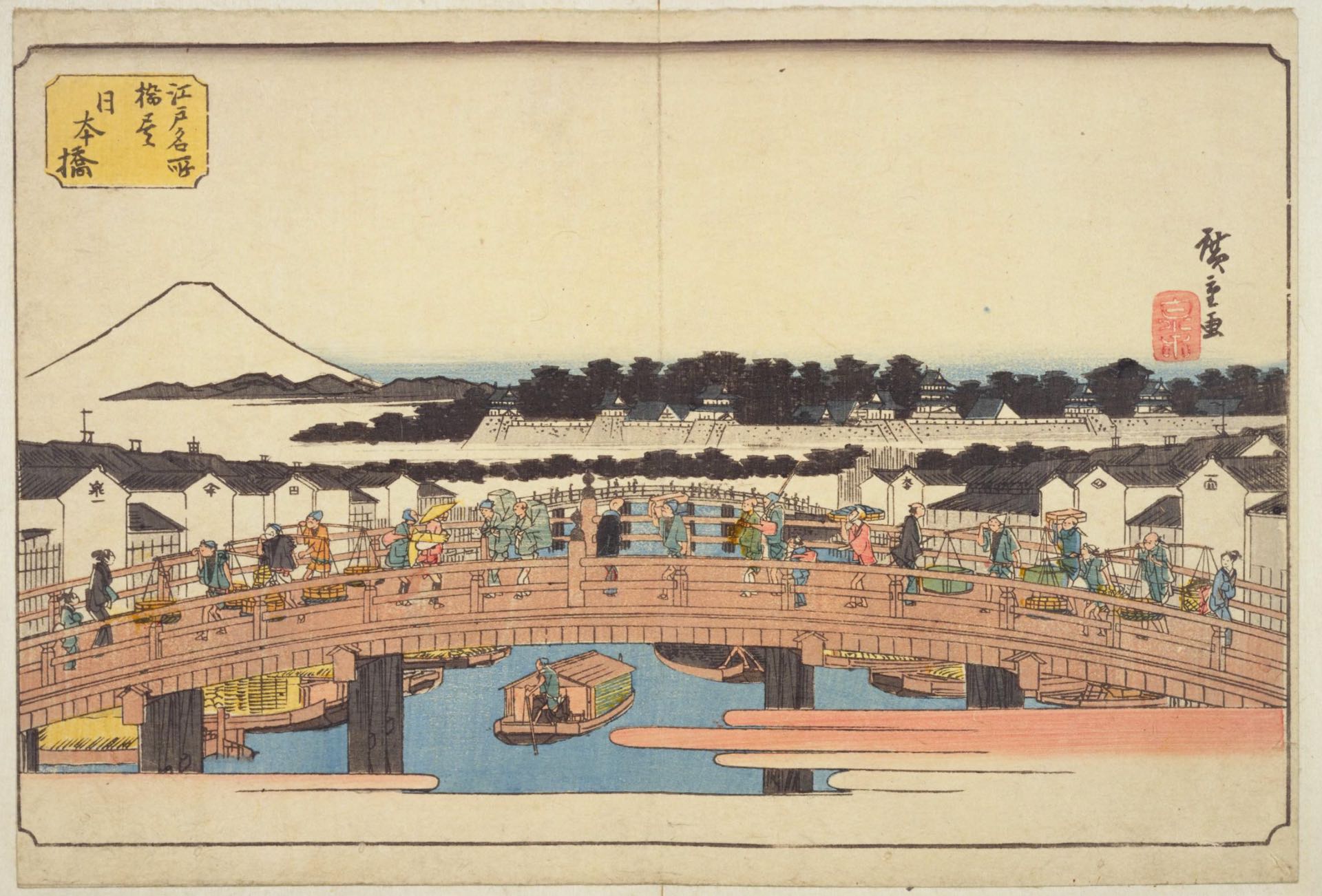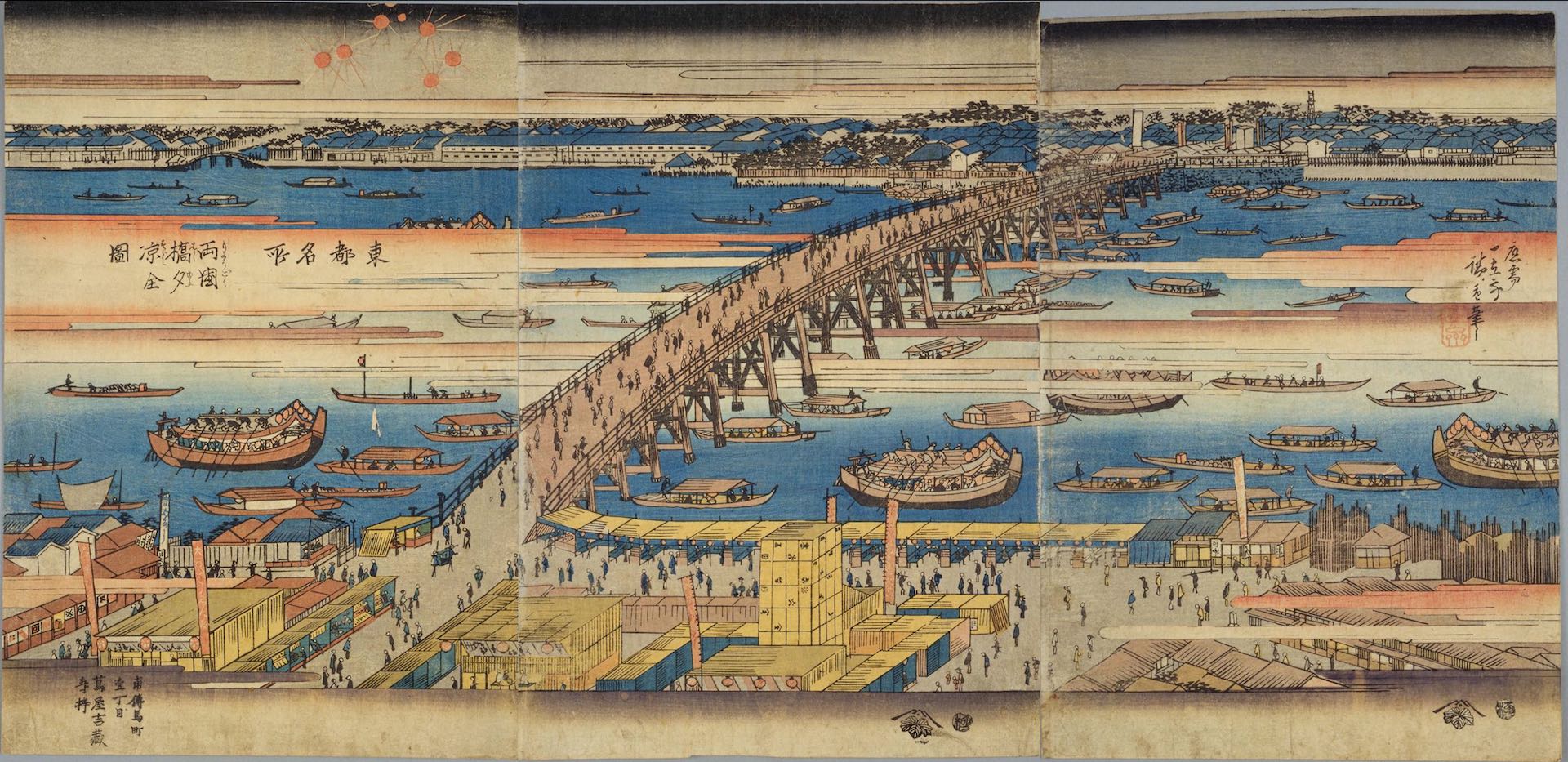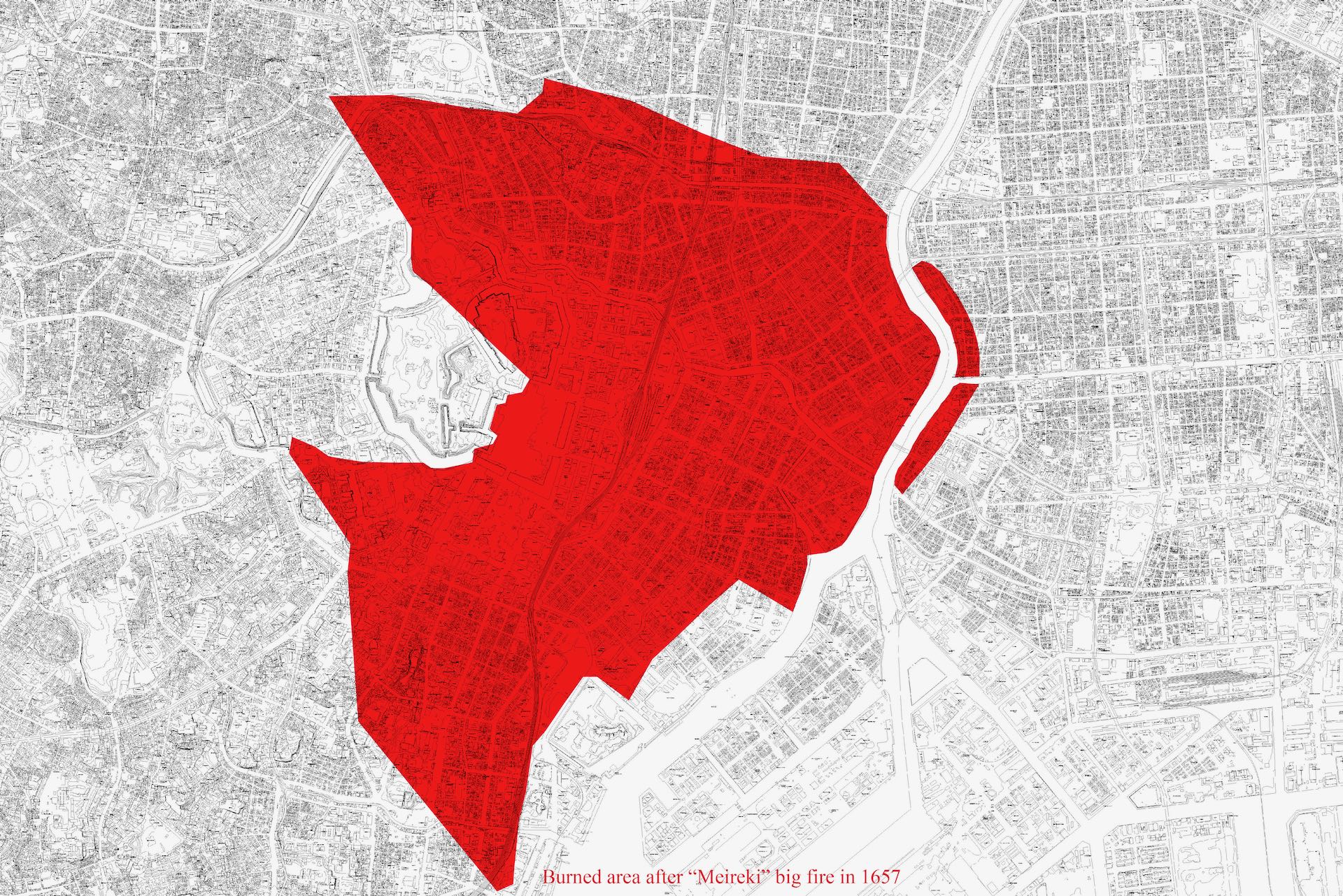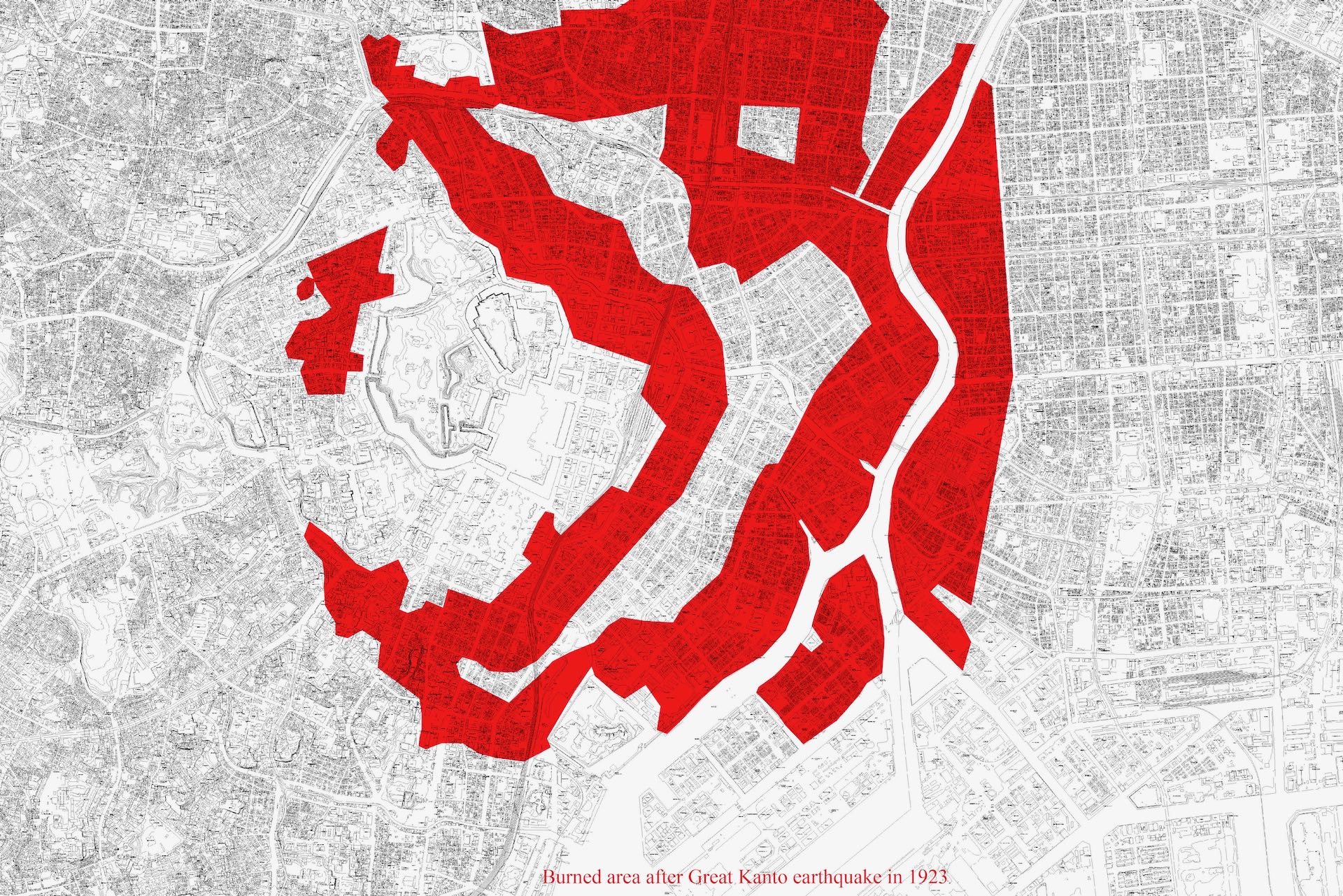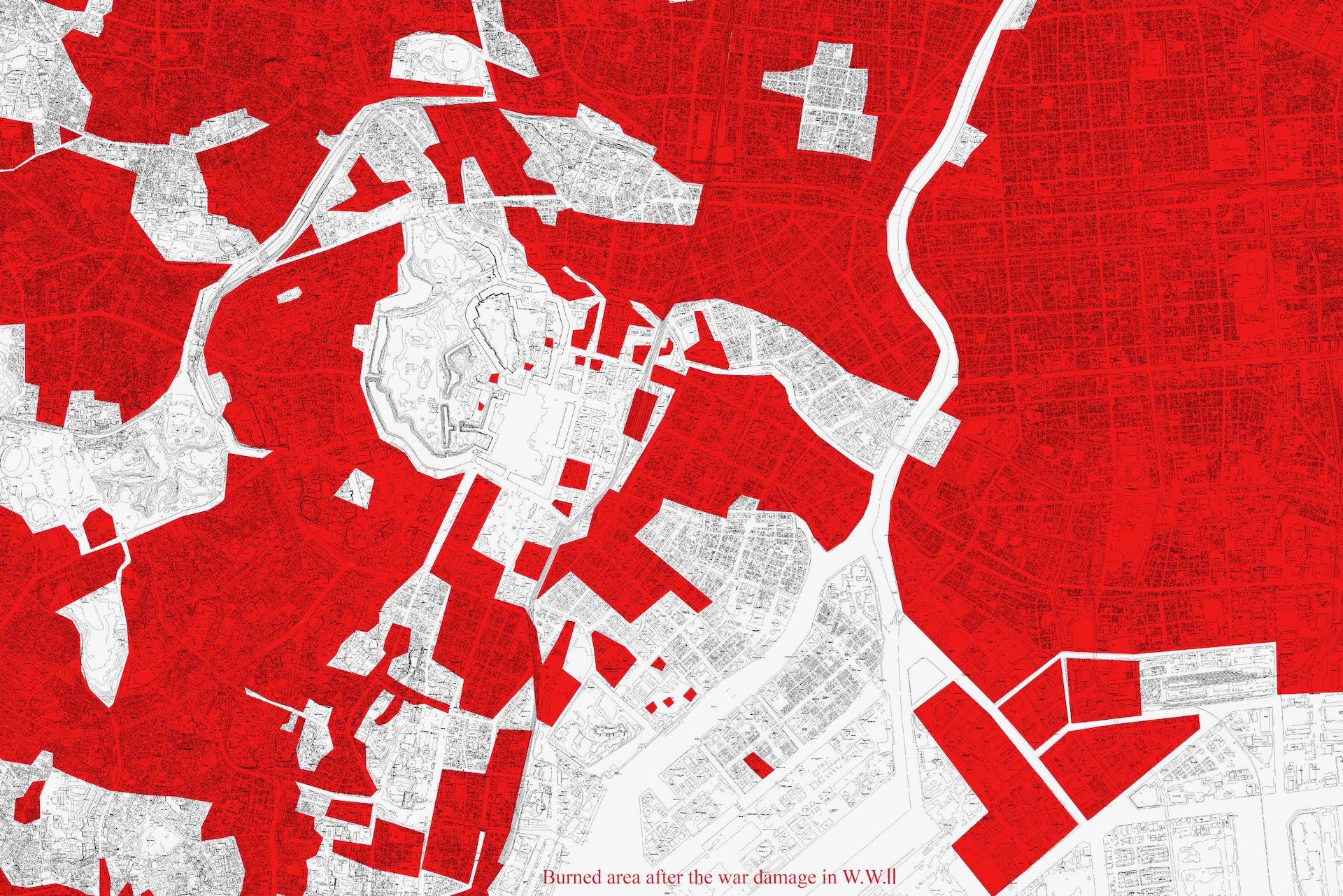Edo-Tokyo : Spine
The Meiji Restoration was a revolution that originated from local areas such as Satsucho-Tohi.
As a result, many of the samurai rebellions broke out in their strongholds of Satsuma, Choshu, and Hizen.
While retaining the townscape and atmosphere of the Edo period, a new style of architecture was built due to the influx of Western civilization called Bunmeikaika.
A new urban plan was implemented, and the environment surrounding architecture and the city was inherited from Edo to Tokyo.
Although there was a sudden change, the cityscape from Edo to Tokyo maintained its skeleton.
This townscape was reduced to ashes by large-scale air raids such as the Great Tokyo Air Raid during World War II.
Then, during the period of rapid economic growth from the 1960s to the 1980s, development progressed without much attention being paid to the design of landscapes and public spaces in relation to the cityscape of Tokyo. The bubble burst when architecture and urban planning were maturing.
The collapse of the bubble economy in the early 90’s threw the gears of the economy out of whack. And it leads directly to the current Tokyo.
Currently, the visible accumulation of Tokyo’s past history is limited to some civil engineering structures such as stone walls and bridges.
Tokyo is a big city where history overlaps from Edo to Tokyo.
In terms of architecture and city that can be seen with the naked eye, the remnants of Edo are limited, but as a framework of the city, it is developing while inheriting the urban structure of Edo.
Photo : “Old Photos, From Edo to Tokyo, Takeshi Ozawa and Risei Suzuki, Sekai-Bunka Company”
Edo Tokyo Spine Canal
Photo : Yoshitaka Uchino
DATA
- Category:
Urban
- Type:
Research, City plan
- Location:
Tokyo
- Team:
YDS
- Size:
-
- Status:
Completed
